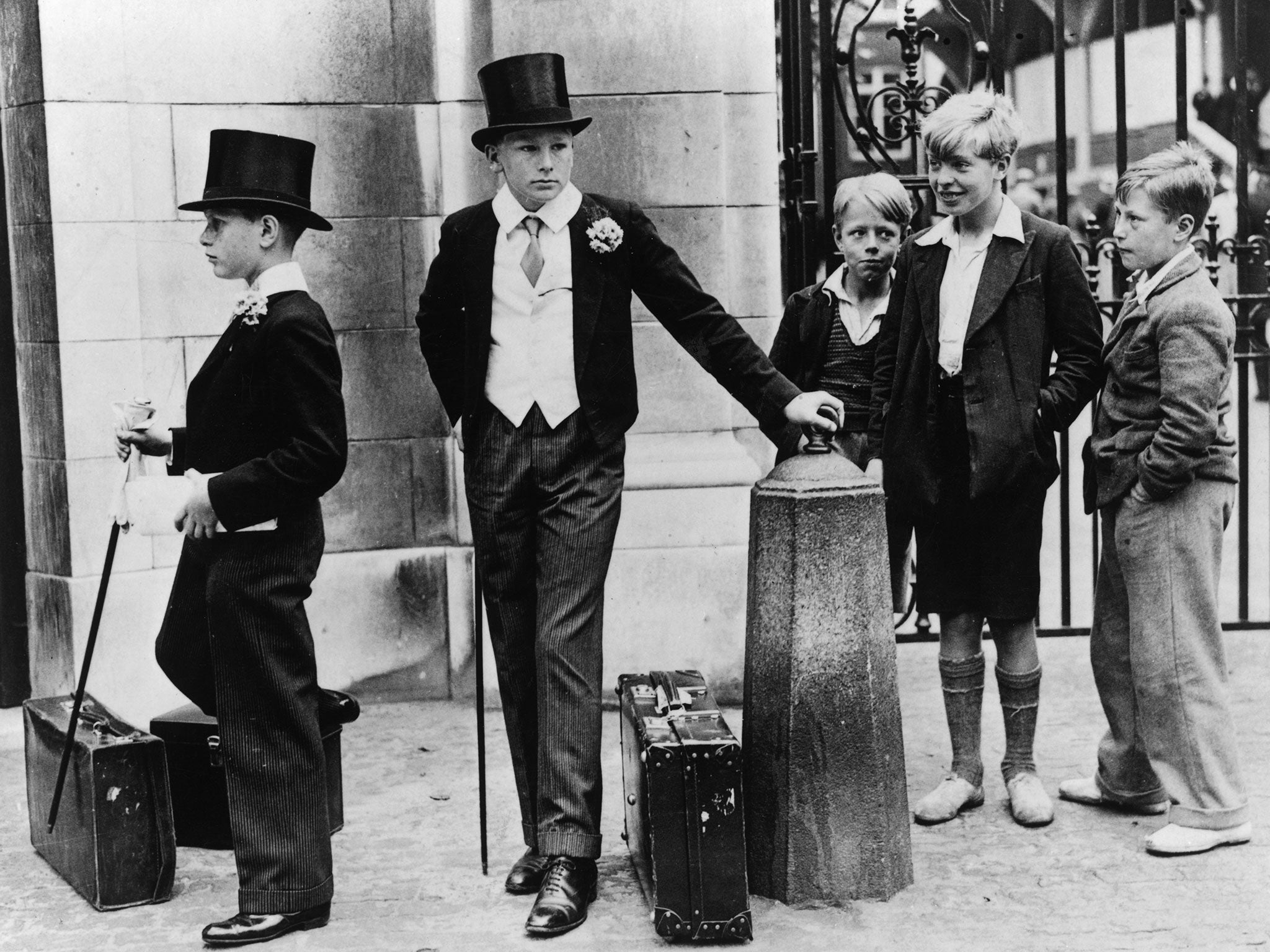The Great British Dream Factory by Dominic Sandbrook, book review
Dominic Sandbrook's reappraisal of Britishness is undone by its omissions

In his exuberant opening ceremony for the 2012 London Olympics, Danny Boyle conjured a vivid account of the making of modern Britain, the industrial past of Stevenson and Brunel giving way irresistibly to the pop cultural present of James Bond, Mr Bean, J K Rowling, the Sex Pistols and Dizzee Rascal.
Having lost its empire, its factories and mill towns, went Boyle's argument, the nation has found a new identity as the world capital of pop culture. Relative to its size, no country on earth has contributed more to the contemporary imagination than the land of Harry Potter and Doctor Who, Damien Hirst and Downton Abbey, David Bowie, Tolkien and The Beatles.
In The Great British Dream Factory, Dominic Sandbrook picks up Boyle's thesis and goes searching for the causes and consequences of the country's singular transformation. His contention though is that, far from leaving the 19th century behind, the cultural identity of modern Britain is rooted in the worldview and values of the Victorians.
At least superficially, Sandbrook is persuasive. What else is the frock-coated Doctor Who but an industrial-age gentleman inventor sprung to life; a direct descendant of H G Wells' hero from The Time Machine, complete with his own idiosyncratic contraption for hopping across the centuries. The values of friendship and bravery revered at Hogwarts? Exactly those that original readers of Tom Brown's School Days would have recognised. James Bond, with his Eton and Fettes education, his Mayfair members club and devotion to Queen and country, is “a seductive advertisment for the upper-class Establishment”.
Sandbrook's conclusion is that the modern pop culture that we “often imagine to be tremendously subversive is actually much more conservative than we think”. Well, yes. But only if you ignore any evidence to the contrary. “Only a madman” would try to cover every trend or development in British culture, Sandbrook writes. But his book overlooks a raft of serious, popular and contentious cultural movements. And it's hard to shift the feeling the some of his excluded topics are simply too raucous, too rebellious; that their presence would complicate his thesis beyond sustainability. The impact of the Sex Pistols' “God Save the Queen” is dismissed because it was outsold by Rod Stewart's “I Don't Want to Talk About It” in the summer of 1977, as if chart position is the inviolable marker of cultural influence. Cultish figures like Peter Greenaway, Nick Drake and Angela Carter don't make the cut because they “appeal only to self-styled intellectuals”. And Sandbrook finds no room to mention movements such as grime, Madchester, Pop Art, brutalist architecture and rave culture.
In their place, he concentrates on what he calls “the middlebrow”, the often critically overlooked stuff of the commercial mainstream – Elton John, Billy Bunter, Andrew Lloyd Webber, Coronation Street, Catherine Cookson. He's entertaining on those subjects. And also unapologetically sniffy about the big names that don't meet his approval. Hirst is a would-be ad man whose works do not “encourage profound or lasting reflection”; John Lennon, the object of particular disdain, is “disaffected, dissolute and idle”, lacking in “self-discipline” compared to Paul McCartney, and with a wife whose art is “mercifully beyond the scope” of the book.
But ultimately the omissions are too glaring for comfort. The most striking absence is the invisibility of black and Asian creative figures. In a book of 648 pages Sandbrook devotes just 10 to non-white names in a short chapter on the debut novels of Hanif Kureishi and Monica Ali. Salman Rushdie and Zadie Smith are mentioned in passing. But there's no discussion of The Satanic Verses or White Teeth, or Zaha Hadid, Steve McQueen, Anish Kapoor, Goodness Gracious Me or multiracial bands like Massive Attack and The Specials.
The identity of modern Britain is a cosmopolitan one. It is shaped as much by the margins as the mainstream. And by the contribution of the children of empire, who bear the sounds and styles and memories of half the world as their inheritance. You wouldn't know it from reading The Great British Dream Factory. In Sandbrook's formulation, the history of our national culture is a linear one that runs in a straight line from imperial past to a curiously homogeneous present. It's a picture of Britain the Victorians would surely approve of.
Join our commenting forum
Join thought-provoking conversations, follow other Independent readers and see their replies
Comments